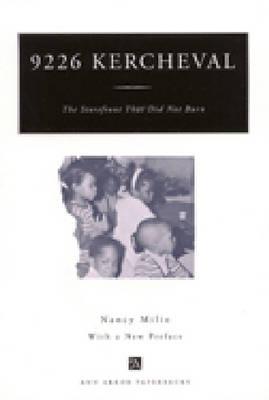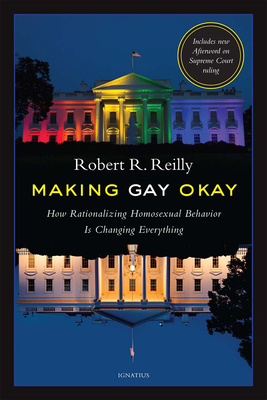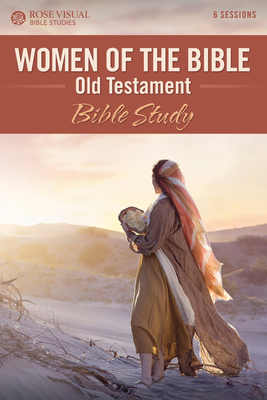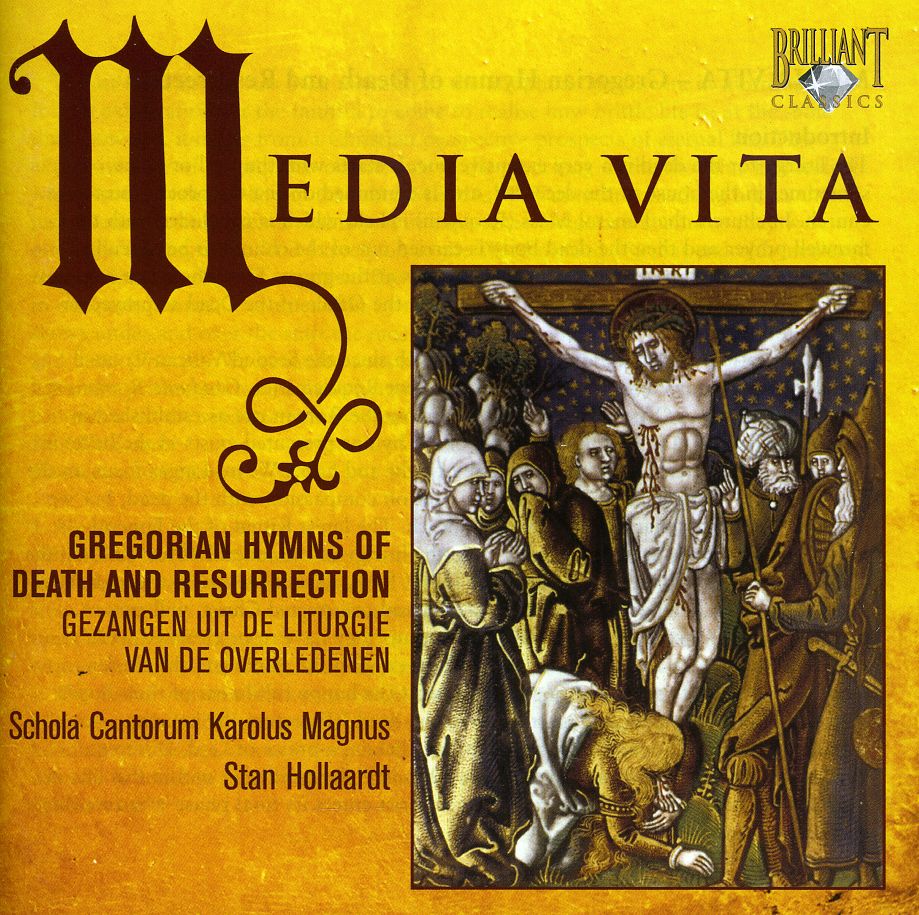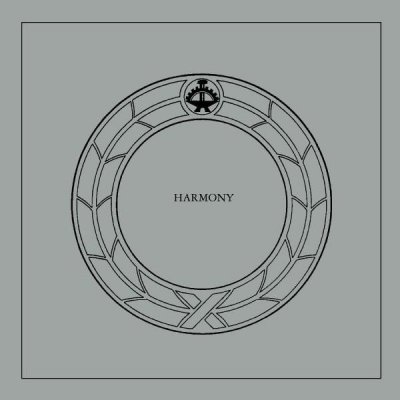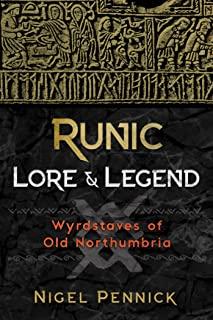
description
3A practical guide to the Anglo-Saxon Futhark and how runes were used in Old England - Examines the 33 Northumbrian runes of the Anglo-Saxon Futhark, providing the meanings, historical uses, symbolism, and related tree and plant spirits for each - Explores geomancy divination practices, the role of sacred numbers, and the power of the eight airts, or directions - Provides a magical history of Northumbria, as well as a look at the otherworldly beings who call these lands home, including boggarts, brownies, and dragons - Shows how traditional spirituality is intimately tied to the landscape and the cycle of the seasons In the early Anglo-Saxon period, the region of Great Britain known as Northumbria was a kingdom in its own right. These lands, in what is now northern England and southeast Scotland, were the targets of the first Viking raids on Britain. This violent influx, followed by the establishment of trade routes with the Norse, brought the runes to the region, where they intermingled with local magical traditions and legends, resulting in the development of a practical runic wisdom entirely unique to Northumbria. In this guide to the Wyrdstaves, or runic practices, of Old Northumbria, Nigel Pennick examines the thirty-three runes of the Anglo-Saxon Futhark and how they were used in Old England for weaving the web of Wyrd. Sharing runic lore and legends from the area, he explains how the Northumbrian runes are unique because they contain elements from all the cultures of the region, including the Picts, Britons, Romans, Angles, Scots, and Norse. He illustrates how each rune in this tradition is a storehouse of ancient knowledge, detailing the meanings, historical uses, symbolism, and related tree and plant spirits for each of the thirty-three runes. The author describes the Northumbrian use of runes in magic and encryption and explores geomancy divination practices, the role of sacred numbers, and the power of the eight airts, or directions. He also shows how the Northumbrian runes have a close relationship with Ogam, the tree alphabet of the ancient Celts. Providing a magical history of Northumbria, as well as a look at the otherworldly beings who call these lands home, including boggarts, brownies, and dragons, Pennick explains how traditional spirituality is intimately tied to the landscape and the cycle of the seasons. He reveals how the runic tradition is still vibrantly alive in this area and ready for us to reawaken to it.
member goods
No member items were found under this heading.
Return Policy
All sales are final
Shipping
No special shipping considerations available.
Shipping fees determined at checkout.

